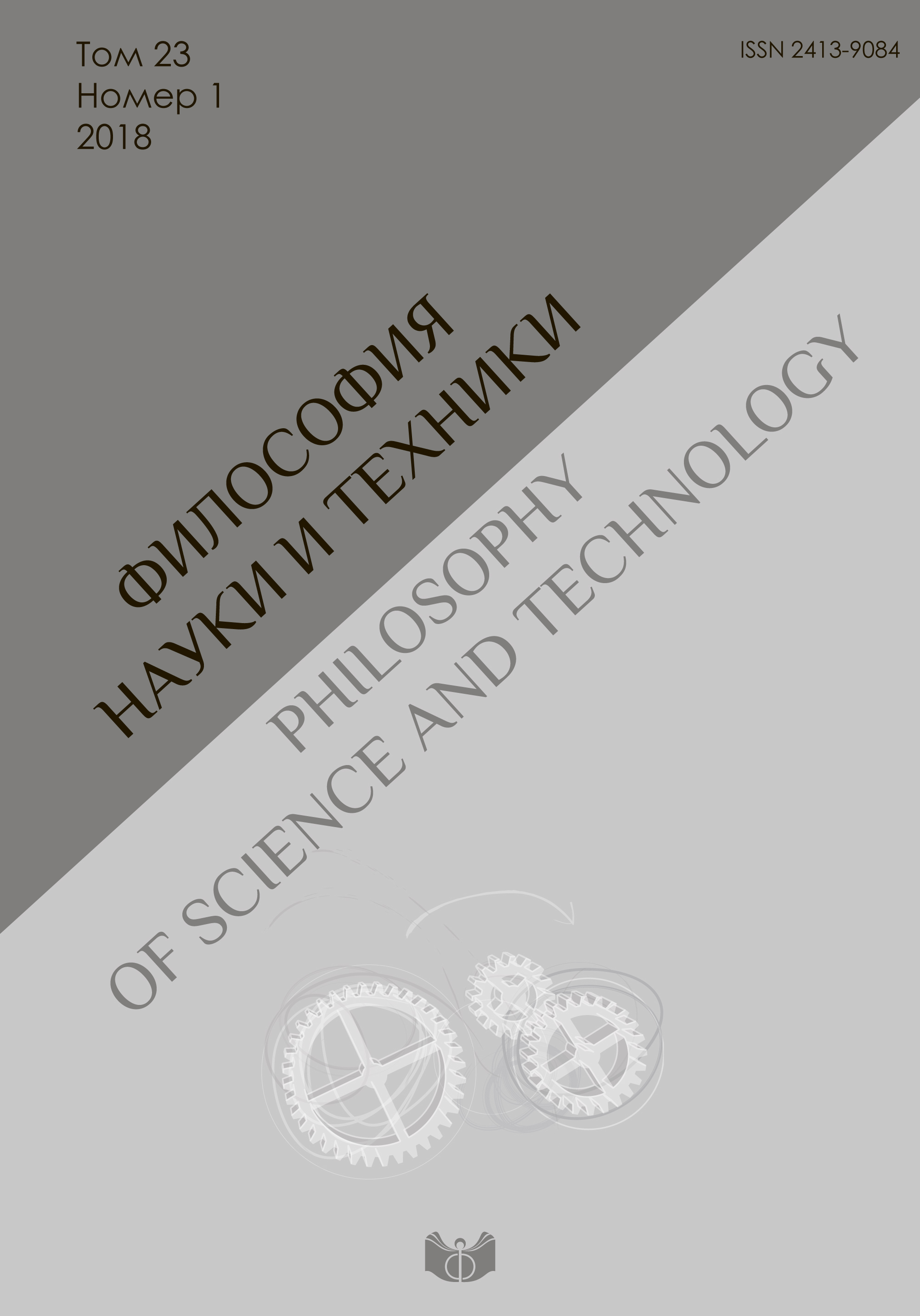Knowledge act and its modal analysis. Elicitation of E. Husserl’s semantic theory preconditions
DOI:
https://doi.org/10.21146/2413-9084-2018-23-1-43-53Keywords:
Husserl, knowledge, modality, phenomenology, semantics, semiotics, philosophy of languageAbstract
The paper considers the scientific knowledge conception suggested by E. Husserl in his “Logic Investigations”, volume 1. The concept of “disciplinarity” is applied to describe scientific knowledge as a phenomenon. A knowledge act is recognized as a constitutive element of the disciplinarity. Scientific knowledge acts are spread inside the disciplinary field in appliance with the evidence principle. Structure of a knowledge act situated among other acts inside the disciplinary field is homogeneous to structure of modal relations in categorical system elaborated by I. Kant. The modal analysis shows how individual knowledge acts are connected with nascence of science discipline conceptual framework. Therefore it lets to express the structure level of relations between theoretical, normative and practical disciplines. Common principal conditions are given for theoretical consideration of empirical scientific material. The connection between the concept of science as a whole and particular scientific disciplines is described. Science is described to be the principle of the evidence conditions organization, providing the knowledge acts production. The concept of norm is analyzed and it is shown how the inversion of the fundamental norm lets to transfer from theoretical to practical scientific disciplines. The knowledge act is considered as a semiotic object, to which the results of modal analysis may be applied. Interaction between theoretical and practical is introduced as a particular form of communication. It does not only open “from the inside” the expediency of phenomenological reduction as a method, but also clarifies some problems of Husserl’s semantics, which were explicated later in the second part of “Logical Investigations”. In particular, the question of “sense” and “meaning” equivalence may be interpreted by the introduced method. Conceptual interrelation between expression and signification is also described.











